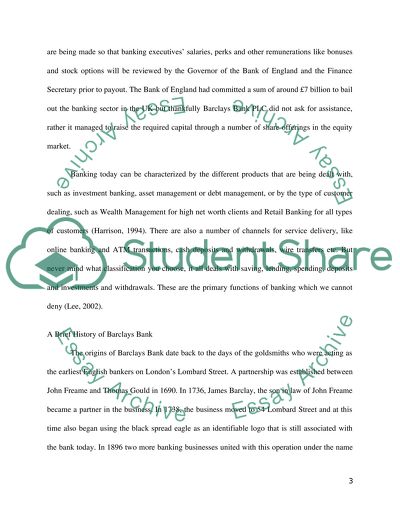Cite this document
(“MARKETING Assignment Example | Topics and Well Written Essays - 2500 words”, n.d.)
Retrieved from https://studentshare.org/family-consumer-science/1412564-marketing
Retrieved from https://studentshare.org/family-consumer-science/1412564-marketing
(MARKETING Assignment Example | Topics and Well Written Essays - 2500 Words)
https://studentshare.org/family-consumer-science/1412564-marketing.
https://studentshare.org/family-consumer-science/1412564-marketing.
“MARKETING Assignment Example | Topics and Well Written Essays - 2500 Words”, n.d. https://studentshare.org/family-consumer-science/1412564-marketing.


